This month, Pierson Wireless will address a number of topics related to the best practices in the design and implementation of Emergency Responder Communication Enhancement Systems (ERCES) – also known as Public Safety DAS (Distributed Antenna System).
The single most important reason Public Safety DAS exist and are necessary is to ensure critical in-building communications between members of first responder teams that can mean the difference between life and death as they coordinate and execute emergency response tactics.
First responders coordinate efforts via radio signals broadcast within government-mandated frequency ranges, normally in the VHF, UHF, 700, and 800 MHz bands. A Public Safety DAS leverages a donor antenna to receive RF transmissions from public safety network towers. In turn, those signals are collected, amplified, and rebroadcast within the structure via a distributed network of antennas.
The preponderance of steel, concrete, and low-emissivity (Low-E) glass in modern construction creates many challenges for a reliable signal in large venues or multiple-level buildings. The density of materials, coupled with the square footage within the structure, makes it difficult for first responder radio signals to penetrate and populate the entirety of the space. As a result, municipalities are updating codes to make the presence of a Public Safety DAS mandatory and a requirement of occupancy.
Today’s look at best practices utilized by the Pierson Wireless Public Safety team takes a look at donor antennas in a public safety communications system solution.
DONOR ANTENNAS
In a Public Safety DAS (or ERCES) solution, two types of donor antennas are used: directional and omnidirectional. Directional antennas receive and transmit radio waves best in one direction and have high isolation from signals around and behind them. In contrast, omnidirectional antennas are defined as receiving and sending radio waves equally well in all directions.
The antenna’s ability to receive and send radio waves is defined by its gain and directional nature as a front-to-back ratio.
- The gain of an antenna describes how much power is transmitted in the direction of peak radiation to that of an isotropic source, meaning one that has identical values in all directions. Gain is measured in decibels (dB) and defines the power of amplification.
- Front to back ratio is the measure of the directivity of a directional antenna. It is a ratio of signal strength transmitted in a forward direction to that transmitted in a backward direction. When you increase the gain of a directional antenna, you will also be increasing the front-to-back ratio.
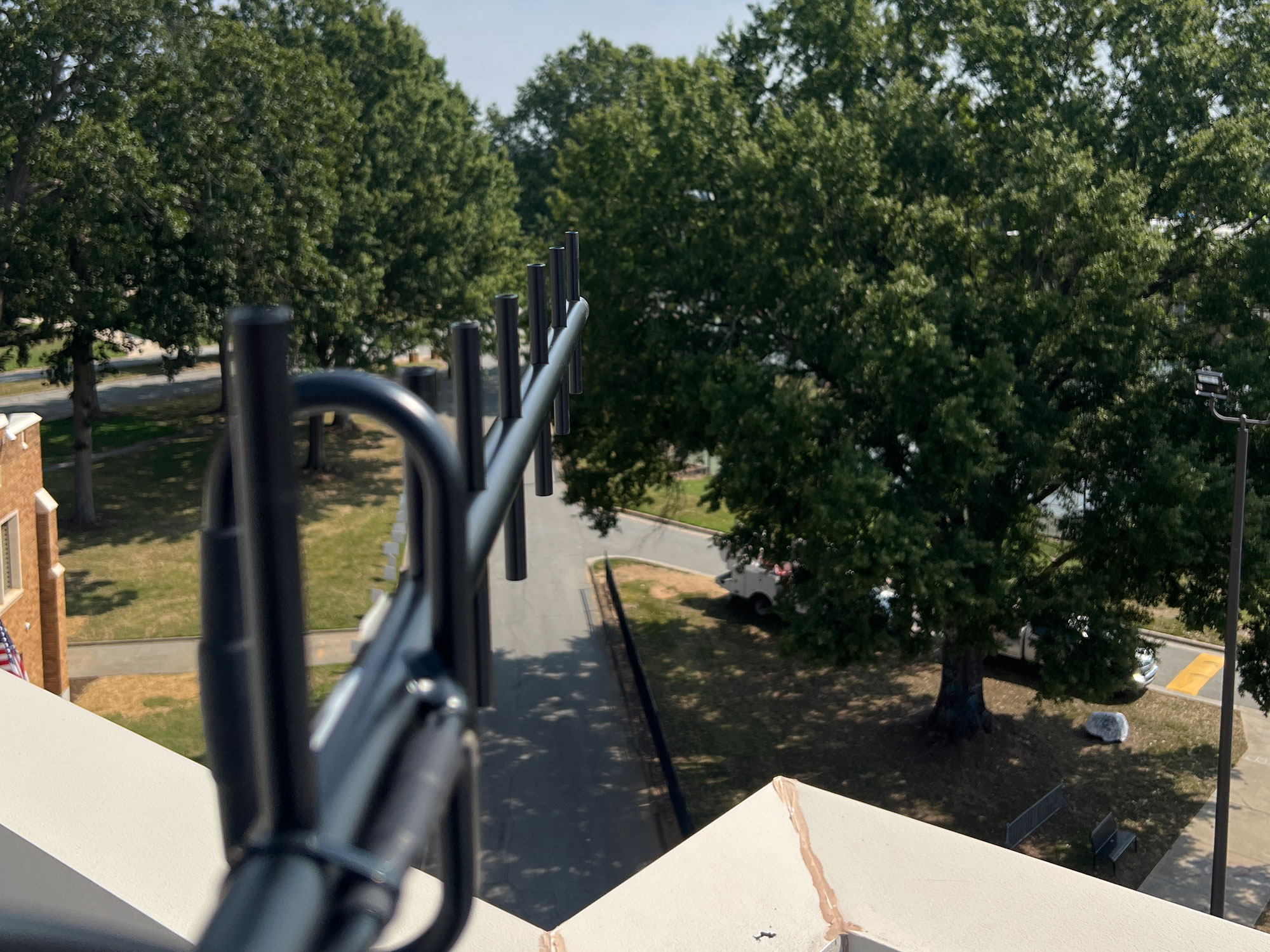
Directional Yagi-Uda antenna aimed at a public safety network tower
A good analogy for explaining the types of antennas is comparing a light bulb to a flashlight. The omnidirectional antenna is like the light bulb; it shines in all directions but becomes distance-limited due to its lack of gain. The directional antenna is like a flashlight; it shines in one direction and further than a standard bulb because of its gain.
The donor antenna is used to transceive signals between the public safety towers and the handheld radios operating inside the Public Safety DAS coverage area. It also can affect the radio environment outside of the building serviced by the Public Safety DAS. This critical piece of the system needs to perform as best as possible since everything outside the building, between the Public Safety DAS and the donor site (and beyond), depends on its functionality. The key focus area here is to get the best possible signal to and from the donor sites and reduce the chance of interference.
Directional antennas fit these requirements based on their definition:
- These antennas have a higher gain than omnidirectional antennas and thus have a more extended range.
- These antennas only work best in one direction, reducing the chance of receiving unwanted signals from other directions. Eliminating unwanted signals is vital for the Public Safety DAS but also reduces the transmitted signal’s ability to generate noise on other systems.
The primary argument against using directional antennas and instead using omnidirectional antennas is for the case of multiple donor sites. While this may sound ideal, what occurs in terms of the physical aspects of the signals is different:
- Omnidirectional antennas have a limited range since they lack the high gain of the directional antenna.
- Omnidirectional antennas can create noise on surrounding sites, both tower and Public Safety DAS, reducing the sensitivity and effective range of the affected sites.
- The omnidirectional antenna also presents more opportunities for interference and oscillation to impact the Public Safety DAS. This is due to the inability of the omnidirectional antenna to be oriented in a direction that reduces these adverse effects.
Suppose multiple donor sites are a significant consideration for the Public Safety DAS. In that case, there are better methods of achieving this goal with multiple directional donor antennas (or separate repeater systems if genuine redundancy is part of the reasoning, without the potential sacrifices and challenges that come with omnidirectional antennas).
Directional antennas allow the Public Safety DAS to be oriented precisely toward specific donor sites and optimize the system for path loss, amplification, and noise. This also makes the job of the Public Safety DAS’ active equipment easier as incoming signals are as limited as possible with the signal variance occurring on the public safety network for which the solution is providing service.
In summary, directional antennas are preferred for Public Safety DAS / ERCES donor antennas due to their advantages of receiving signals from towers at great distances and their narrow beam widths that can reduce unwanted signals.
Pierson Wireless is an industry leader in ERCES and Public Safety DAS solution design, implementation, and system monitoring. To learn more about our expertise in the space or to schedule a consultation, visit our Public Safety resource page.




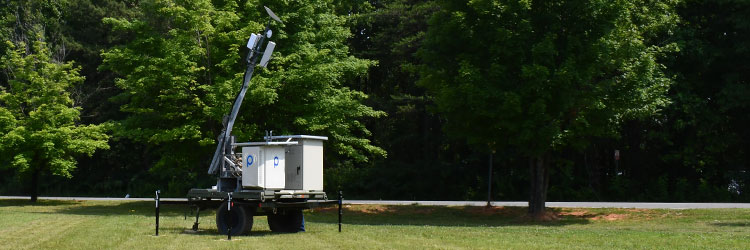





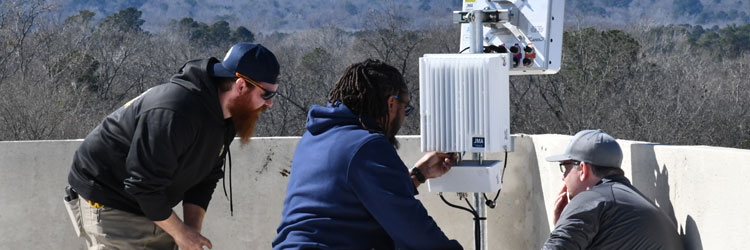
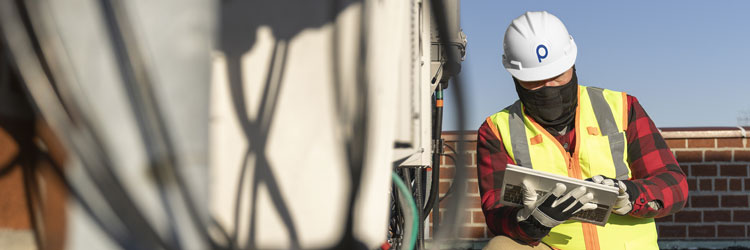

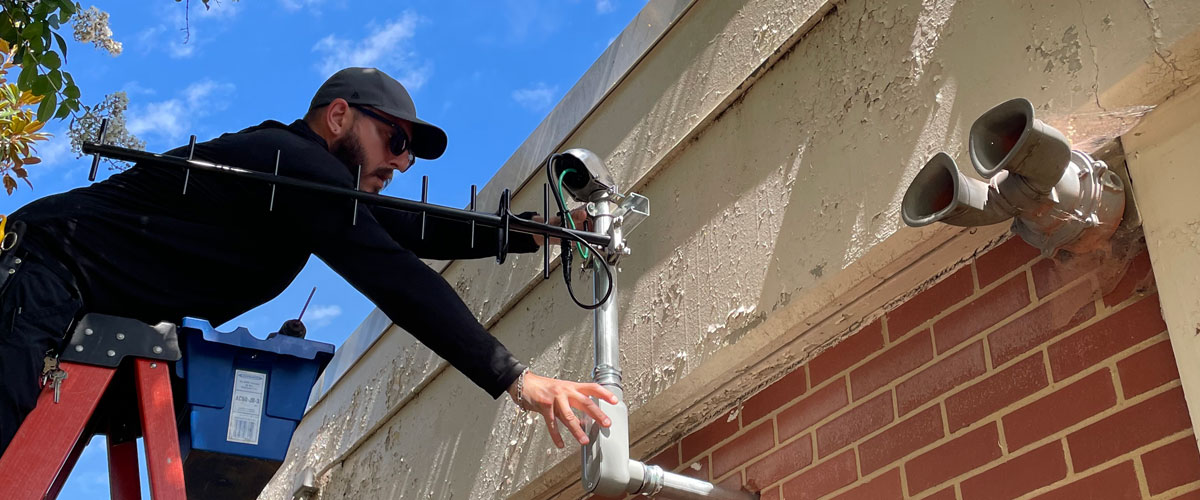

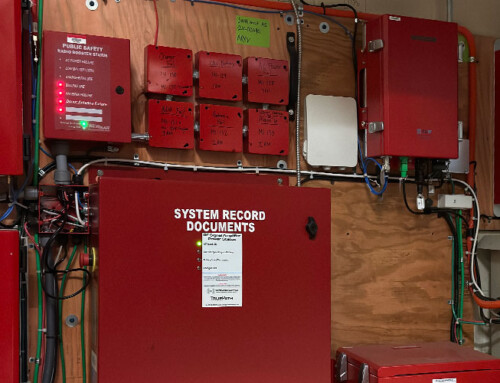
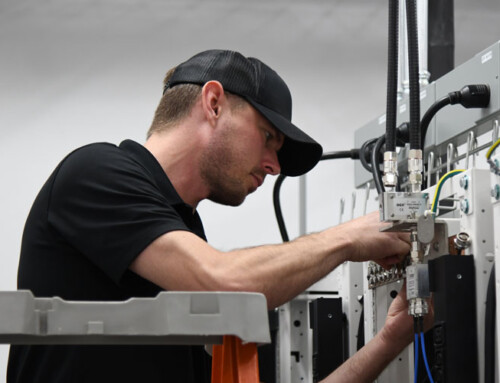




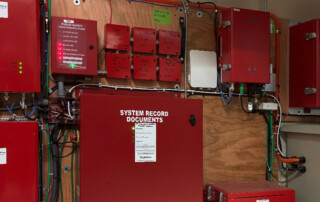

Leave A Comment